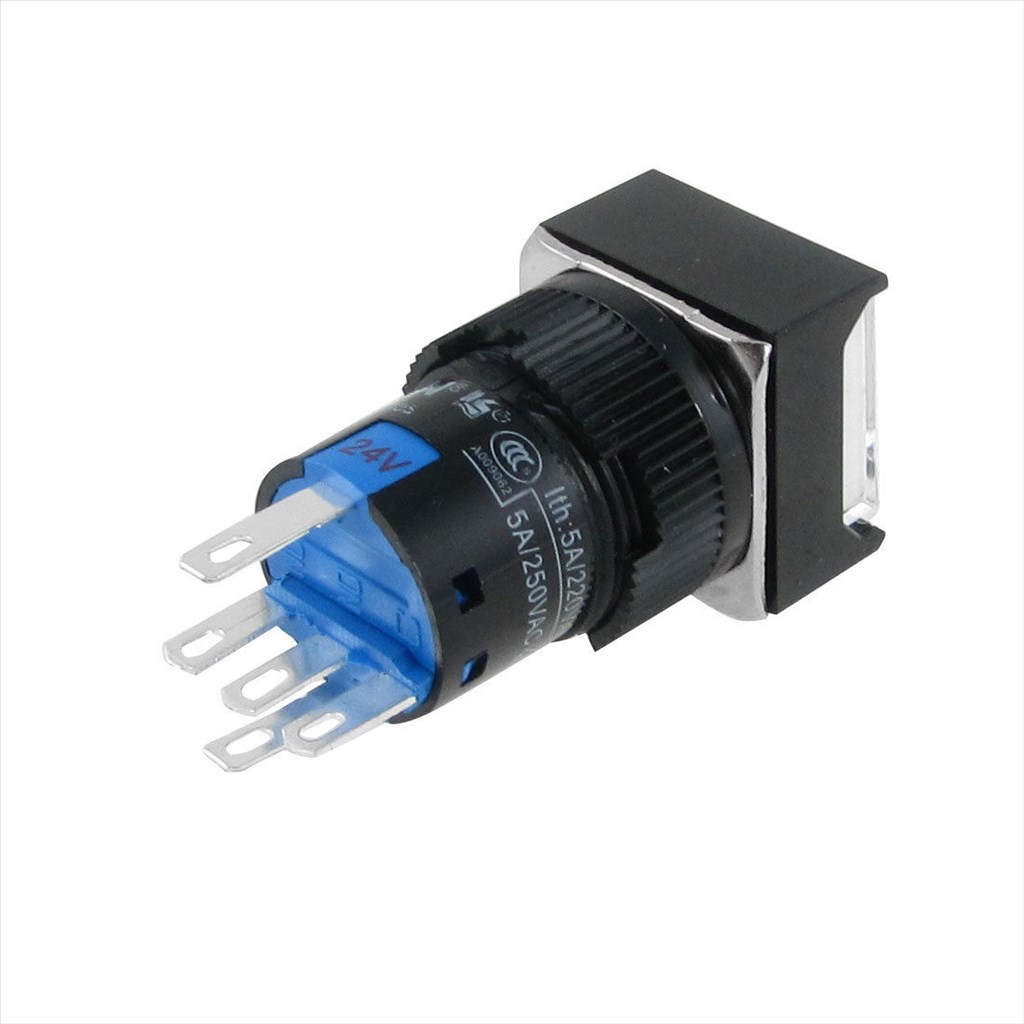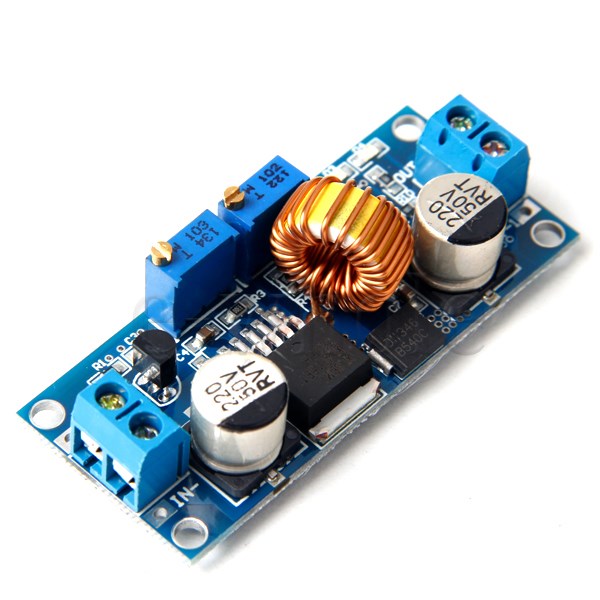steve.neal
Australia
Asked
— Edited
I have installed white high intensity LEDs into 10 illuminated switches as per the image below. I am using a 12 volt power supply and I have the correct resistors to run the LEDs but my question is, can I use an adjustable voltage regulator to feed all the LEDs instead of a resistor on each LED? If so what voltage do I need to run them at?


If I'm reading this right, I think that your problem is current. The leds like a small amount of current regardless of the voltage (to a point) The resistors limit the amount of current. The size of the resistor will change with different voltages. If you know what your led is rated for and you know what voltage your supplying then you can find the resistor value with Ohms law. Resistance=Voltage/Current. Its been my experience that running multiple leds through one current dropping resistor can cause problems. If you do, watch the wattage rating of the resistor. I might over heat. I hope i'm not missing what your asking... confused
I'm not great with electronic principles, my background is electrical, I'm an electrician by trade. I'm looking at an LED like a light globe which is designed to run on a specific voltage. I was thinking of using a voltage regulator like the one below.

This regulator is good for a total of 3 amps and I was thinking of dialling it down to about 3.5 volts. will this not work?I was a electronics tech 35 years ago and am just getting interested again so i'm pretty rusty So forgive me if i give bad advice.
So forgive me if i give bad advice.
Your Leds have a maximum current rating say 20ma so if your power supply is 3.5 volts, 3.5/.020=175 ohm resistor. In a light bulb the filament that glows is the resistor. If you have just one resistor inline with the power supply feeding all the leds parallel there could be variations in brightness and you could burn out one because of manufacturing differences.
Hi Steve,
Do you have the specs on that lighted switch? What exactly did you change if anything? It almost sounds like you've replaced the stock bulb that was in this switch with an LED bulb? if so where did you get the LED bulb and what are the specs on it? Any links to what your using would help.
I see 24v printed on the switch. Is that for the bulb that shipped with the switch or what the switch is rated for?
Also, it sounds like your supply voltage is 12vdc and you want to change the voltage to wither a higher or lower voltage with the regulator to match what your LED is rated for. Am i correct? What is the specs on the regulator you show? I assume it's an adjustable step down? Post a link to it also. You can surly use a voltage regulator to match the required voltage of the LED's as long as the regulator is rated for the total amp draw. However depending on what type of LED your using you may have to do something else to the LED like SteveB stated above. This is where I'm vague about what you need to do. Usually with a bare LED bulb you just place a diode on one lead and match the voltage if I'm correct. I usually buy my bulbs already set up from places like Cointaker. All I need to do if I buy from them is match the voltage of the bulb I buy, color, intensity, light pattern and socket type.
I also have a 12vdc supply feeding my chest lights on my B9. I replaced the stock bulbs that came with the lighted switches I used behind the buttons with 12v bayonet socketed LEDs that are used in slot machines buttons. They are small, use very little current and look great. I got them from Cointaker here (they come in different colors if you want to match the chest button colors (recommended):
Cointaker 12v LEDs
Hi Dave & Steve,
The 24 volt on the switch refers to a tiny 24 volt lamp that illuminates the switch. The contacts are 5 amp 240 volt rated. I pulled the switch apart and removed the 24 volt lamp and replaced it with a white high intensity 5mm LED. I have the required resistors to run the LEDs from the 12 volt supply I'm using but they will need to be fitted on the outside of the switch due to limited space inside the switch. Due to the construction of the switches there was only room for a bare LED. The ones you showed above Dave would not Fit. I was only thinking of using a voltage regulator, (adjustable step down), instead of a resistor per LED fitted to the terminals of each switch to make the job easier and neater. But as Steve has suggested, this may cause problems, so I guess I will just use the resistors. At least this way It will defiantly work
Thanks for the help guys
I think I have stumbled onto what I needed for the 10 LEDs in the chest buttons of my B9. Its a voltage AND current regulator. I have already connected them up using a resistor on each one to keep the current at the specified level. Just thought I would mention it in case someone else is wanting to connect LEDs up without resistors.

Features: Module Properties: non-isolated step-down module (BUCK) Input voltage: 4-38V Output voltage:1.25-36V continuously adjustable Output current :0-5A Adjustable (recommended for use within 4.5A) Output power: recommended for use in below 75W, more than 50W please add heat sink. (Heat sink not included) Working temperature: -40 to +85 degrees Operating Frequency: 180KHz Conversion efficiency: up to 96% Load regulation: S (I) = 0.8% Voltage Regulation: S (u) = 0.8% Short-circuit protection: Yes (the limited current is 8A) Over-temperature protection: Yes (automatic shut-down when over-temperature) Input reverse polarity protection: No, (if necessary, please string into the high current diode) Installation: four 3mm screwsSteve Neal
Steve, Thanks for sharing! thats a neat little board. There are soooo many great little (i guess id call them modules) out there for almost anything in the electronic/robotic world. SteveB